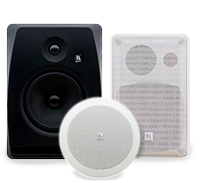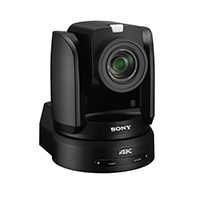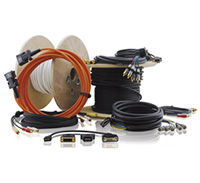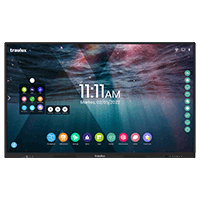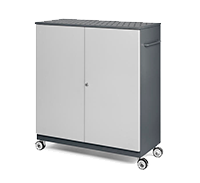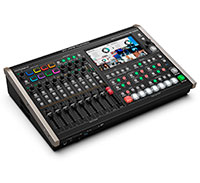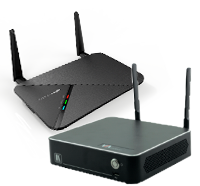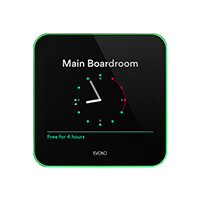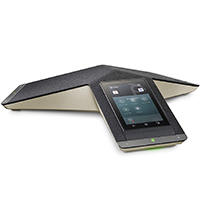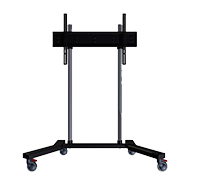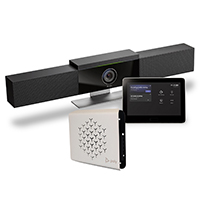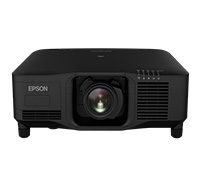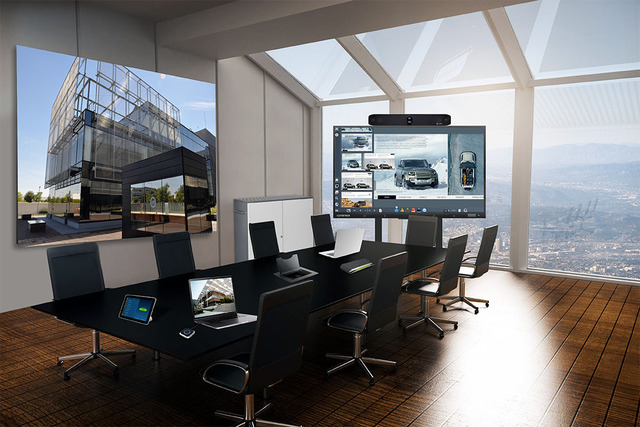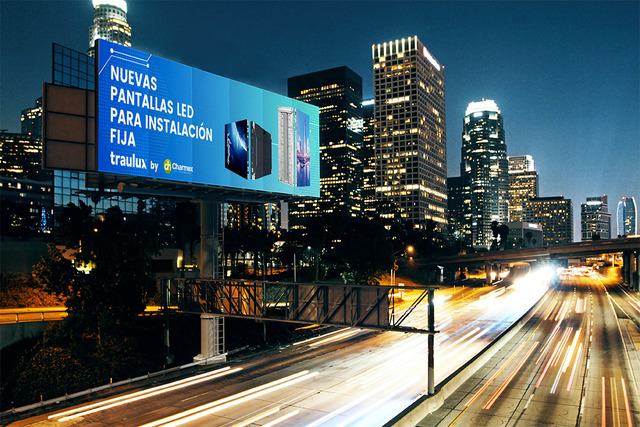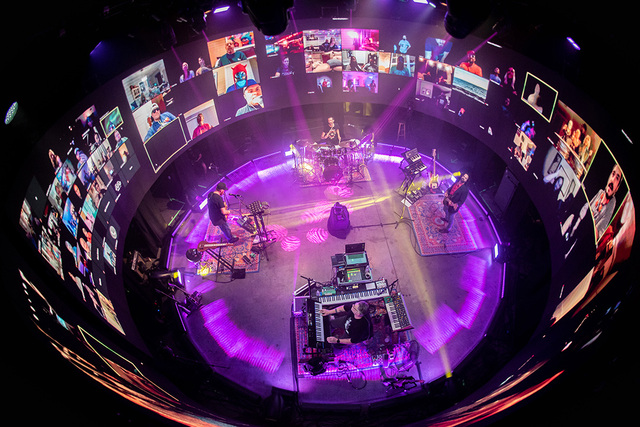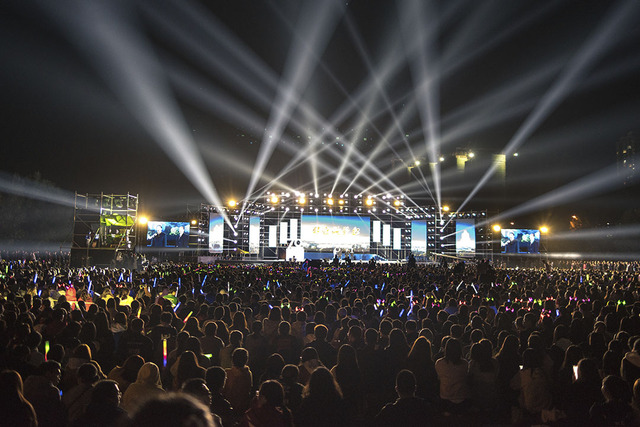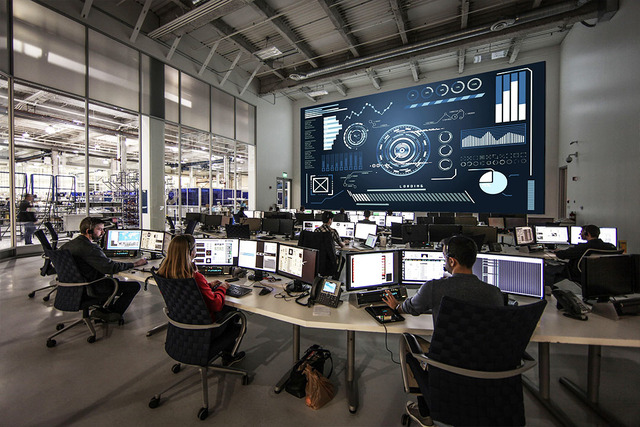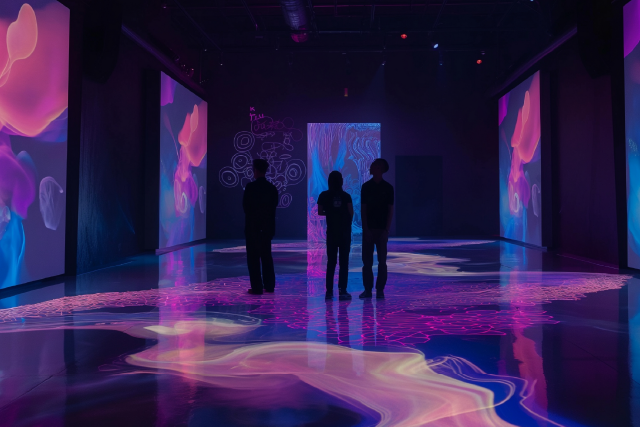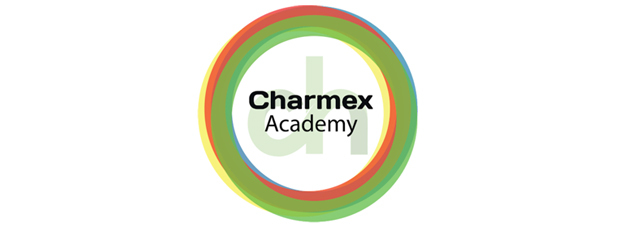Asier Arrate, director of the Museum, tells us why laser projection technology was chosen for the entire project: "Initially, the use of lamp projectors was contemplated, but then we saw that operating costs and stopping times could be improved if we were going to laser solutions. In fact, when the projectors reached 1200 hours of use, Erabi made us a simulation that showed that the laser light source of the equipment had saved us about 15,000 euros in replacement of lamps and consumables.
Regarding the choice of the Christie Captiva model, Arrate points out that his ultrashort lens was decisive: "Thanks to it, the projector can be mounted a few centimeters from a screen or wall, vertically or horizontally, allowing the public a lot of observation closest without the appearance of shadows that alter the image. It also has extremely silent operation. "
Eneko Elorriaga, co-founder of Erabi, goes further: "The quality of ultra-short optics of the Captiva is excellent, especially for museographic applications, since it allows a much more dynamic experience and avoids annoying shadows. They are projectors that provide a great fidelity of color and a very high brightness, and with the reliability that the Christie brand offers ".
"It is also interesting that they can be controlled by platforms such as AMX, Crestron or similar," continues Elorriaga. "I would also highlight that you can choose the color of your chassis, which can be white or black, which is very important in museums and is something that not all brands offer. In addition, to be able to be used in vertical mode, allows a host of creative applications.


